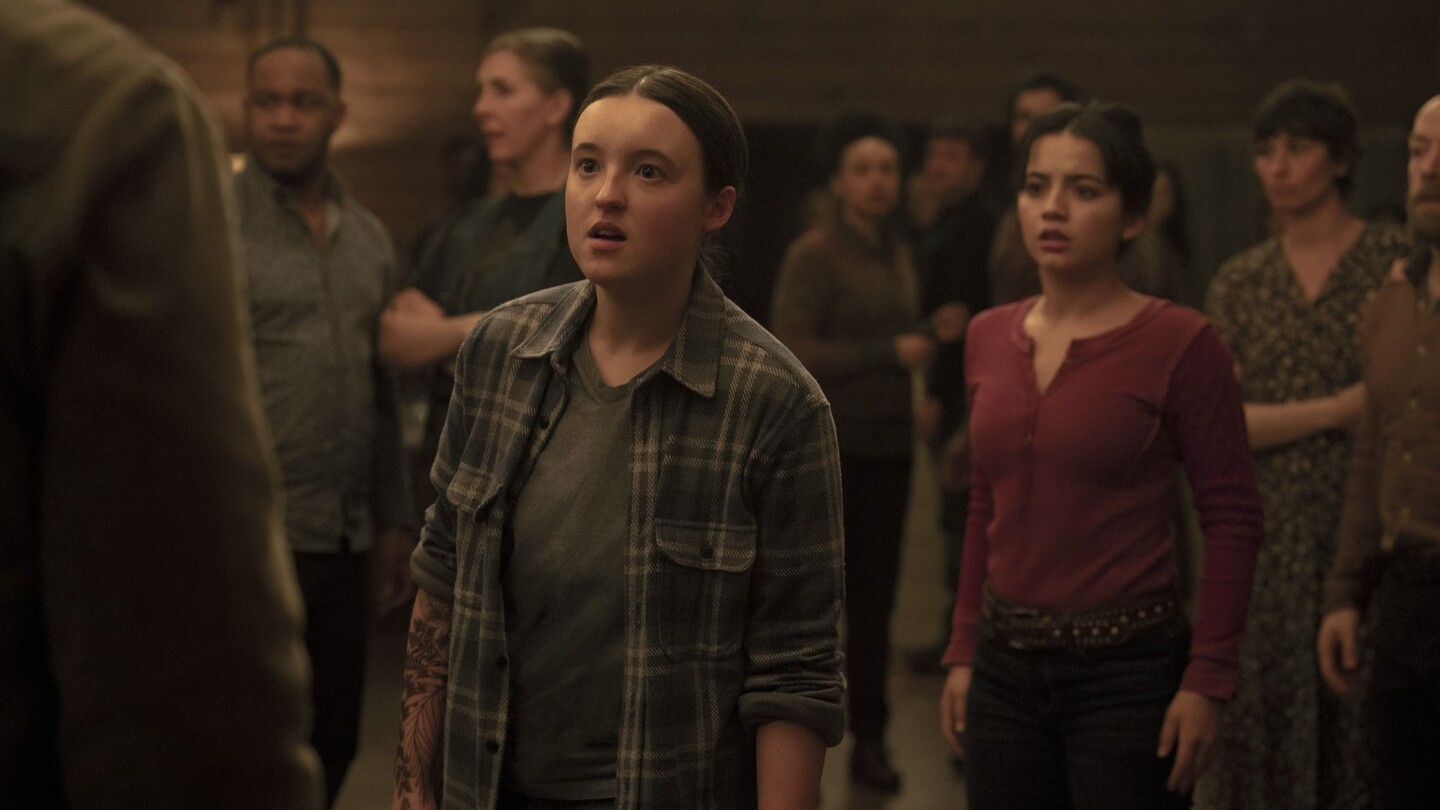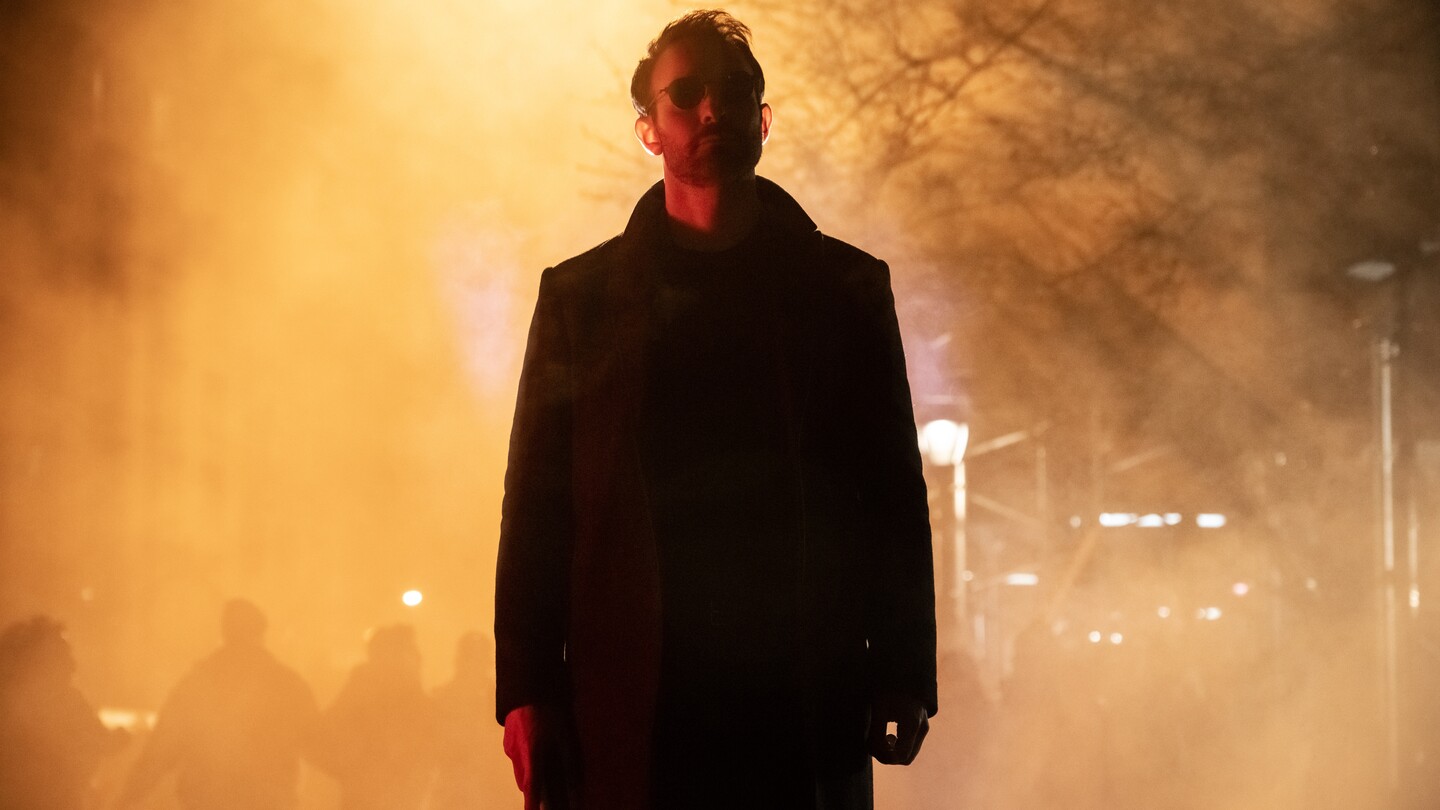Tim Burton and Michael Keaton’s return to the fantasy horror comedy hit is lensed by Greek-Cypriot cinematographer Haris Zambarloukos. Adrian Pennington reports.
When director Tim Burton sat down with his cinematographer to discuss a sequel to 1988’s cult hit Beetlejuice he told Haris Zambarloukos (BSC); ‘I’ve already made that film’.
“There’s a world already set up, there is a precedent there but he didn’t want to breathe life into old bodies. He wanted to treat each scene of the new film on its own terms,” says the DoP of his first experience working with Burton. Zambarloukos regularly composes films with Kenneth Branagh including spooky house feature A Haunting in Venice (2023). He says the Edward Scissorhands director knows what he wants...
You are not signed in.
Only registered users can view this article.

Behind the scenes: The Last of Us II
There is a version of episode 2 where the brutal death of a loved character isn’t quite so extreme. But they chose not to go there, explains editor Timothy A Good.

Behind the scenes – Daredevil: Born Again
The Hell’s Kitchen of Disney’s masked vigilante reboot is given a grungy seventies overhaul by lead cinematographer Hillary Fyfe Spera

Behind the scenes: Squid Game 2
The glossy, candy-coloured design of Squid Game is a huge part of its appeal luring players and audiences alike into a greater heart of darkness.

Behind the scenes: Adolescence
Shooting each episode in a single take is no gimmick but additive to the intensity of Netflix’s latest hard-hitting drama. IBC365 speaks with creator Stephen Graham and director Philip Barantini.

Behind the scenes: Editing Sugar Babies and By Design in Premiere
The editors of theatrical drama By Design and documentary Sugar Babies share details of their work and editing preferences with IBC365.





